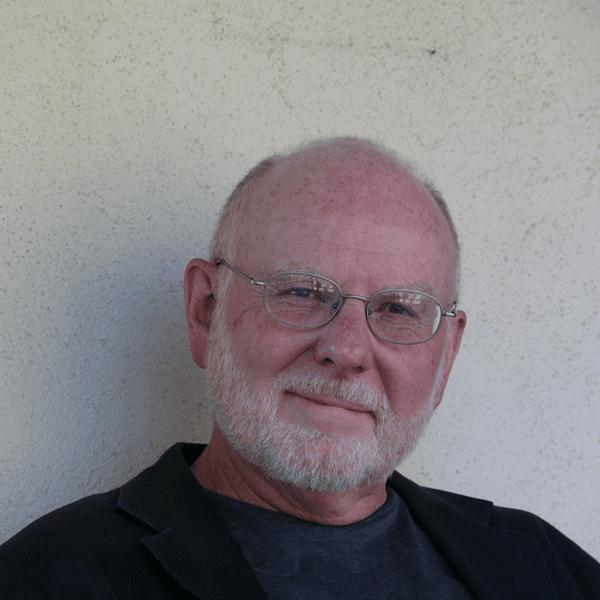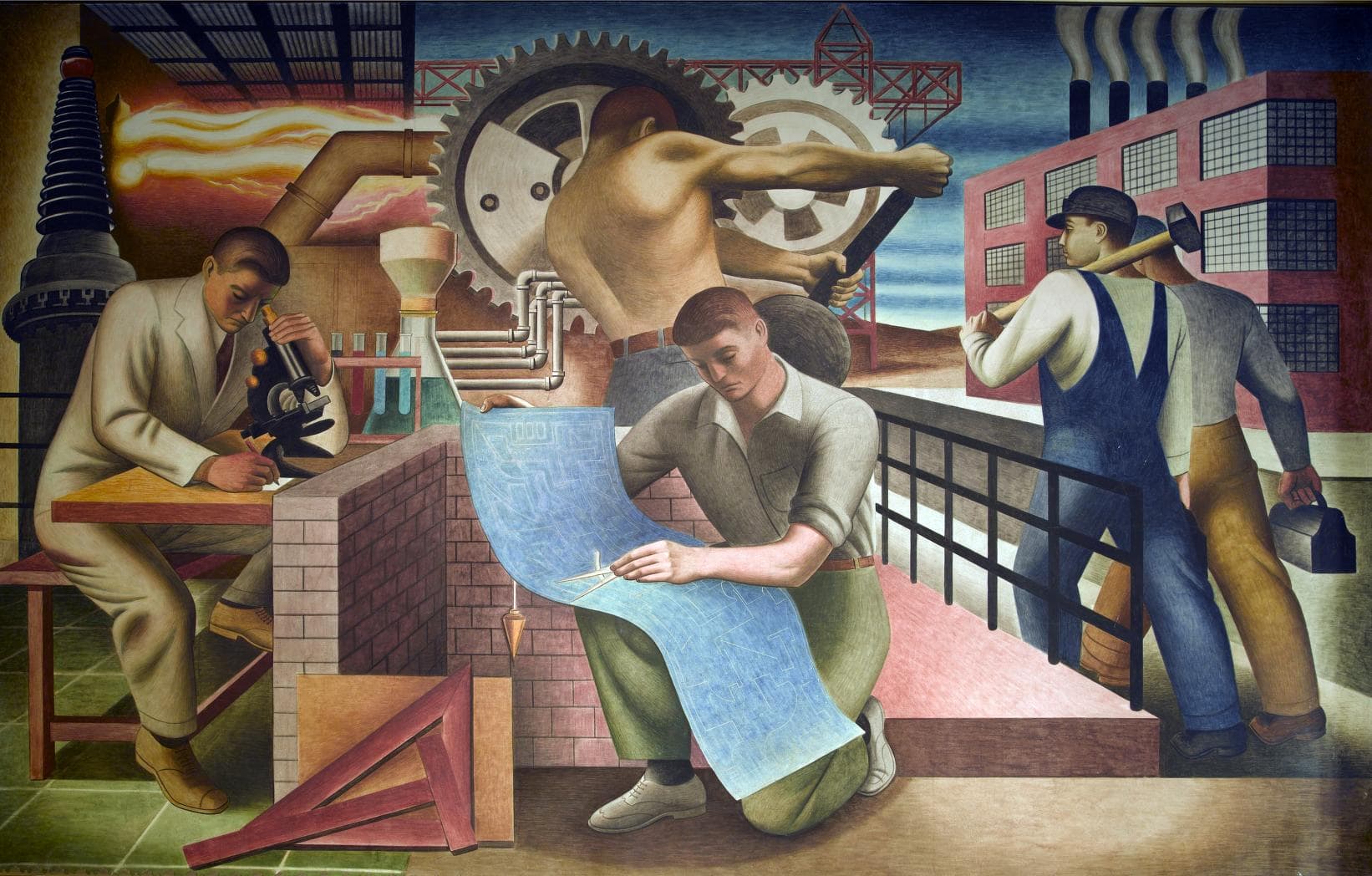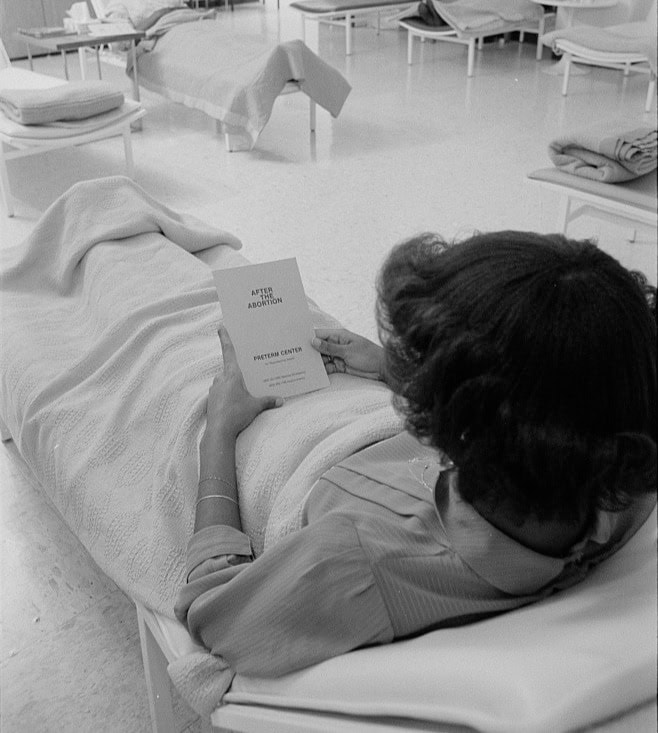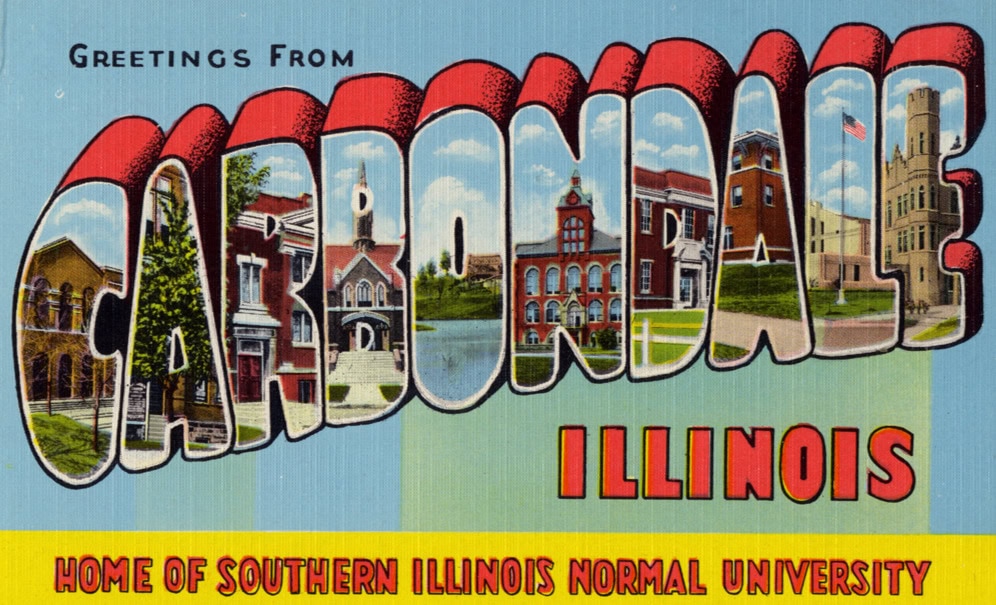On October 17 Hubert Markl the recently inaugurated president of the Max Planck Society for the Advancement of Science, announced his intention to close the prestigious Max Planck Institute for History in Gottingen (MPIG). He planned to take the occasion of the upcoming retirement of the institute’s two directors to put it out of business. By March 1997, at the meeting of the society’s ruling senate, the fait would be accompli.
President Markl was taking advantage of his recent accession to office to sweep out 4 of the 65 or so institutes in his bailiwick. He argued that the closings were dictated by a shrinking budget, but his opponents claimed that some of the target institutes, at least, were headed for the block not because of their lack of scientific viability but because of the unlucky conjuncture of their directors’ phase in the life cycle. After all, the society had just spent several million dollars to purchase, extensively renovate, and outfit a neighboring building for the Gottingen historians. And it had recently founded a new institute for the history of science in Berlin.
There are fewer signs of contraction within the society than there are hints of new directions. The society seems to have adopted a policy of freeing up cash in order to redirect its flow. All things being equal, there might be no objection to that were it not for the fact that Markl has not called into question the central scientific and scholarly importance of the MPIG. Indeed, other Europeans have invested considerable moneys simply to be associated with it. Over the past 20 years, the French Ministry for Foreign Affairs has maintained the Mission Historique Française en Allemagne, which by contract keeps its intellectual and administrative autonomy but is fully integrated into the space of the MPIG. And following the lead of the Mission Historique, a consortium of British universities has committed scarce funds to establish the British Centre for Historical Research in Germany, which is also housed within the institute at Gottingen. No matter, say Markl’s supporters, who believe that the arbitrariness of his actions demonstrates his strength. In their eyes, only he has a view of the whole society and its needs, and he is well advised to resist bogging down into arguments over quality.
What Does the Max Planck Institute for History Do for Us?
What is the Max Planck Institute for History and what does it do for us? Like every institute in the Max Planck Society, its brief is to carryon “basic” research. While basic research may seem a concept ill suited to the discipline of history, the idea behind the MPIG has always been to support research and long-term cooperative projects impossible or difficult to carry out within the framework of normal university and foundation funding. It is also supposed to be concerned with fundamental methodological and theoretical discussions and criticism.
Let me give a personal example of basic research related to my own seven years at the institute. In 1976 I was invited to take part in the development of a project devoted to the study of protoindustrialization and the transition from “feudalism” to modern capitalist society. Three young scholars, Peter Kriedte, Hans Medick, and Jiirgen Schlumbohm, under the direction of Rudolf Vierhaus, were initiating a large-scale re-evaluation of early industrial society, intending to tack between exacting, detailed village studies and a larger consideration of theoretical and comparative issues (Industrialization before Industrialization, Cambridge, 1981).
With social anthropological and historical demographic models in mind, I had already spent almost 10 years computerizing documentation from the village of Neckarhausen, with its 400,000 or so pages of lists, inventories, surveys, registers, and protoqJls, but I never could have completed the project without the unlimited concentration my stay afforded. My purpose at the MPIG was to work with the others on methodological issues and to provide the comparative case of Neckarhausen, a village that remained devoted largely to agriculture. Even though the institute offered ideal conditions for research and full support—large-scale computerization and database management, numerous trips to the archives, research and secretarial assistance, freedom from teaching and administrative duties, and concentrated discussion of methodological, theoretical, and documentary issues—our studies took decades to complete. The publication next year of the second and final volume of my village study (Kinship in Neckarhausen, 1700—1870, Cambridge) will take place just 30 years after I began. Similarly, Jiirgen Schlumbohm’s magisterial study of demographic, productive, and familial life in northwestern Germany (Lebensliiufe, Familien, Hofe, Vandenhoeck and Ruprecht, 1994), Peter Kriedte’s innovative research on household and cottage industry (Eine Stadt am seiden en Faden, Vandenhoeck and Ruprecht, 1991), and Hans Medick’s brilliant and pathbreaking example of microhistory (Weben und Uberleben in Laichingen, 1650-1900, Vandenhoeck and Ruprecht, 1996) all took the better part of two decades to produce.
Along the way, these studies were responsible for the introduction of quantitative methods and the use of social and cultural anthropology into German historical work. Prompted by these studies, the institute hosted a long series of guests who discussed historical demography, family history, industrialization, and social and cultural anthropology. These discussions made the MPIG a crossroads of international scholarship; introduced American, French, and English historical research to central Europe; and prepared the way for lively new exchanges with eastern Europe and East Asia. New projects of similar scope, shaped to current agendas-the medieval culture of memory and the processes of secularization, for example-have been launched by the current directors.
The Harnack Legacy
The MPIG dates back to the Kaiser Wilhelm Institute for German History, founded in 1917, six years and four institutes after the inception of the Kaiser Wilhelm Society in 1911. Perhaps an institute for historians was a sop to the humanities in an establishment dominated by the natural sciences, but the first president of the society, the church historian Adolf von Harnack, certainly saw history as a foundational science; he incorporated an institute devoted to its pursuit into his vision of extra-university research. Still, the very fact that the Kaiser Wilhelm Institute was an institute of German history speaks to a strain of provincialism in the German historical profession in which few university chairs even today are devoted to historical studies beyond the confines of the nation.
The Harnack legacy has been modified in important ways-history at the MPIG has gone through the fires of “criticism” and opened itself up to international discourse. While the members of the institute today pursue history as a basic science in accord with Harnack’s Vision, they have expanded the role of the MPIG, making it into a vital intersection of international, comparative historical discussion. Many of the MPIG’s supporters argue that in current conditions of research, there is no substitute for such an extra-university center. And that is just the problem, say defenders of the closing: it is precisely this international network that allows egoistical, narrow-minded specialists (“ants,” according to one detractor) to mobilize a lobby, replete with apocalyptic lamentations and rhetoric of innocent surprise. But other observers argue that the attack on the institute is a blow to international historical dialogue in general and in particular to the step-by-step, painfully built exchanges at the level of European integration represented by the French Mission and the British Centre.
One of the institute’s fellows, Alf Ludtke, well known in the United States for his theoretical work on the history of everyday life, has had to restate what Harnack took for granted: ”It would be fatal if the Max Planck Society, with its structural emphasis on the natural sciences, should abandon the search for and the sustainment of our cultural awareness, self-recognition, and memory.” Although German history clearly still lies at the heart of Ludtke’s concerns, it is no longer pursued in a nationalist framework and takes up the challenge of rethinking its course in the light of mid-century disasters.
How does an institution devoted mostly to the Middle Ages and the early modern period do that? Again, Ludtke: “Nowadays, more than ever, we need critically to analyze and to understand the complex social, spiritual, and economic transformations of the past centuries out of which our own has been made. Every day the task is shaped and renewed. But in no other way can the historic processes of European and global integration be achieved: only with the sober understanding of how the past has shaped the present, and how past and present may shape the future.” Jonannes Fried, the newly elected president of the German Historical Association, chimed in by remarking that Markl himself in his inaugural address bemoaned the “blind flight” induced by the dynamics of contemporary society. How can we avoid that, Fried asked, if we refuse to trace the route we are flying?
In 1956 the institute was refounded under the imposing figure of Hermann Heimpel. A medievalist in the grand tradition of thorough scholarship, Heimpel supported critical bibliographies such as the exhaustive Dahlmann-Waitz and grand reference works like Germania Sacra, a comprehensive series of handbooks on the myriad ecclesiastical territories of the Holy Roman Empire. Under Heimpel, the institute maintained close links with the Monumenta Germania Historica, the paradigm of Germanic scholarship. Heimpel’s vision fit the ’50s—recovery, re-establishment of older traditions, and solid humanist endeavor.
Heimpel can also be considered in the context of another Grundidee of the Kaiser Wilhelm Society—the so-called Harnack principle. For Harnack, the idea was to build an institute around the lifework of a great man. Accordingly, when the leader went to the grave, the rest of the institute’s members were to follow. Institutes were supposed always to be temporary. And under the old principle, Heimpel’s retirement would have been the occasion to redirect the resources of his institute. But the Harnack principle ran up against a series of changes in the way present-day research and scholarship are carried out and—just as important—against German Arbeitsrecht (labor law).
Under Heimpel’s direction, the MPIG had acquired a superb library, which has since developed into one of the best reference collections for Western historians anywhere in the world and almost by itself offers a strong argument for institutional continuity. In addition, by the time Heimpel was ready to retire, the grand bibliographical and handbook series were nowhere near completed, and past investment dictated future spending. There was also the problem of personnel. Once a fellow, secretary, or research assistant had been in place for a certain number of years, he or she could not be fired, so dosing an institute posed problems of what to do with its remaining members. Anyway, no one was in the mood to collapse an institute of stature in a booming economy or to fight the academic political power mustered by Heimpel, who wanted his work to continue.
New Directions
In the 1970s, under one of the new directors, Rudolf Vierhaus, the MPIG began to change direction. He made it into a center’ for comparative study of the Enlightenment, introduced the use of the computer for historical analysis in a grand fashion, provided the resources for the protoindustrialism project, and encouraged interdisciplinary work with anthropology. The institute became a major force for introducing many of the important methodological, conceptual, and theoretical advances in international historical studies into German scholarship.
More than any other institution, the MPIG was responsible for the introduction of anthropology into German intellectual life (Klassen und Kultur, Frankfurt, 1982, and Interest and Emotion, Cambridge, 1984). The institute’s influence on the founding of one of the most innovative journals in cultural studies in Germany today, Historische Anthropologie, is obvious. Out of the discussions around the founding of the International Roundtable in Anthropology and History, French scholars for the first time began to take postwar German scholarship seriously, and that became the occasion for setting up the Mission Historique.
During the years of transition from the Vierhaus generation to the current directors, Otto Gerhard Oexle and Hartmut Lehmann, the way the institute operates has changed somewhat. There are elements suggesting a move in the future to a structure more like the Princeton Institute for Advanced Study, with a handful of permanent senior scholars and a series of short-term appointments and invited guests. Now with Medick, Ludtke, Schlumbohm, and Kriedte emerging as senior scholars, the opportunity arises for leaving the Harnack principle behind, to appoint directors who are more primus inter pares than the original model called for. But that possibility encounters two major obstacles: German Arbeitsrecht and German Beamtenrecht (civil service law).
Because fellows receive tenure after five years, there is no inclination any longer for providing stays of more than five years in any of the Max Planck institutes. Such a policy poses a challenge to the raison d’etre of the society. The only alternative to research institutes in Germany is the short-term financing of university projects through the Deutsche Forschungsgemeinschaft. There are serious dangers to adopting such an alternative for research at an institute whose brief runs to innovative basic research, which is supposed to challenge the existing paradigms rather than reproduce them.
Also giving shape to the current structure of the institute is the fact that for senior scholars there is no easy movement between Max Planck institutes and the universities. Apart from institutional jealousies and turf wars, the appointment to university professorships is mired in what some would characterize as byzantine politics, selection by education ministers of the individual states, and restrictive policies of hierarchy. Because a university professor becomes a high-level state official (Beamte) with generous pension rights, among other things, state governments have introduced strict age policies. No senior fellow of an institute can become a professor once he or she bumps up against the age barrier.
While movement from the institute to the university is difficult, there is none at the senior level in the reverse direction. It is out of the question for a professor to give up a university appointment to become a permanent fellow at a Max Planck institute, facing loss of status, prestige, salary, and pension rights-in contradistinction to, say, the Princeton Institute for Advanced Study, which, ironically, was originally modeled on the Kaiser Wilhelm idea. Furthermore, though the MPIG is constantly full of senior scholars in residence for periods of up to a year, none of them are from German universities.
Rather than capitalizing on changes that have taken place historically within the various institutes, differentiating among them, and searching for innovative models of cooperative, interdisciplinary, and foundational research and scholarly exchange, the new president seems to be harking back to Harnack, building on nostalgia for a lost German dominance in the sciences and on the great man mystique. Discouraged by the restrictions of labor law and unwilling to take on the task of freeing movement between institutes and universities, he is headed for a model of short-lived institutes, providing temporary employment for young, transient scholars who produce derivative work.
What is the alternative, and does the MPIG offer a valuable option? All observers seem to agree that the institute has developed unique properties. With the establishment of two autonomous centers, physically integrated into the space of the MPIG, a new model of international cooperation has emerged. No one thinks that either the French or the British center can be effectively transplanted, and it is clear that closure of the MPIG will terminate one of the most interesting experiments in historical studies, European institutional integration, and Max Planck Society differentiation. (Some observers are already relishing a struggle between the French Foreign Office and President Markl. Is he up to conflict with real bureaucrats?)
Clearly, the new model can be extended. One commentator points out that the general policy of the Max Planck Society, which after all receives most of its money from public funding, runs counter to the general policy of the political establishment, which favors the intellectual and cultural institutionalization of European integration. Instead of closing the institute, Markl might have studied it more closely. Some would argue that he has the chance to make a significant departure in the organization of German science.
In terms of context, there is also an argument for expanding the agenda of the MPIG rather than closing it. As historians throughout Germany and the United States abandon research on the 19th century and leave the dynamics of “modernity” to literary studies, it might be time to develop a new unit in the institute to re-evaluate the modern era. But there is also a challenge for American scholarship here. Up to now, Americans have had a major presence in the institute and have probably used its facilities more than any other national group. In the newly emerging configuration, a consortium of universities in the United States might follow the French and British lead and establish an American Center for Historical Research in Germany, autonomous intellectually and organizationally, but integrated into the space of the MPIG. Assuming that this vital center of cultural and intellectual exchange can be rescued, why miss an opportunity to participate in the development of European historical studies? There is a real crisis here, and the determination of its outcome has significant implications for the vitality of historical research in Germany, East-West intellectual exchange, and American cultural presence in the heart of a rapidly changing Europe.
Addendum: The Max Planck Society senate met in November (after this article was completed). It was decided at that meeting to refer the issue of the closing to the senate’s Humanities and Social Science Section (Geisteswissenschaftliche Sektion) at the section’s February meeting.



